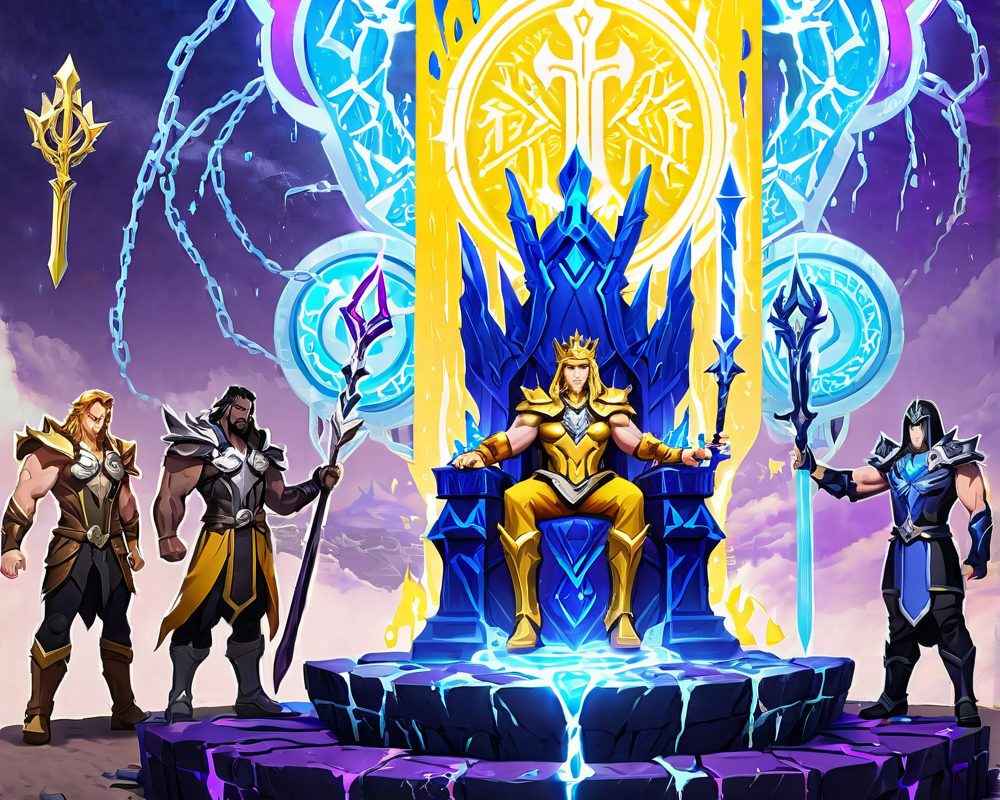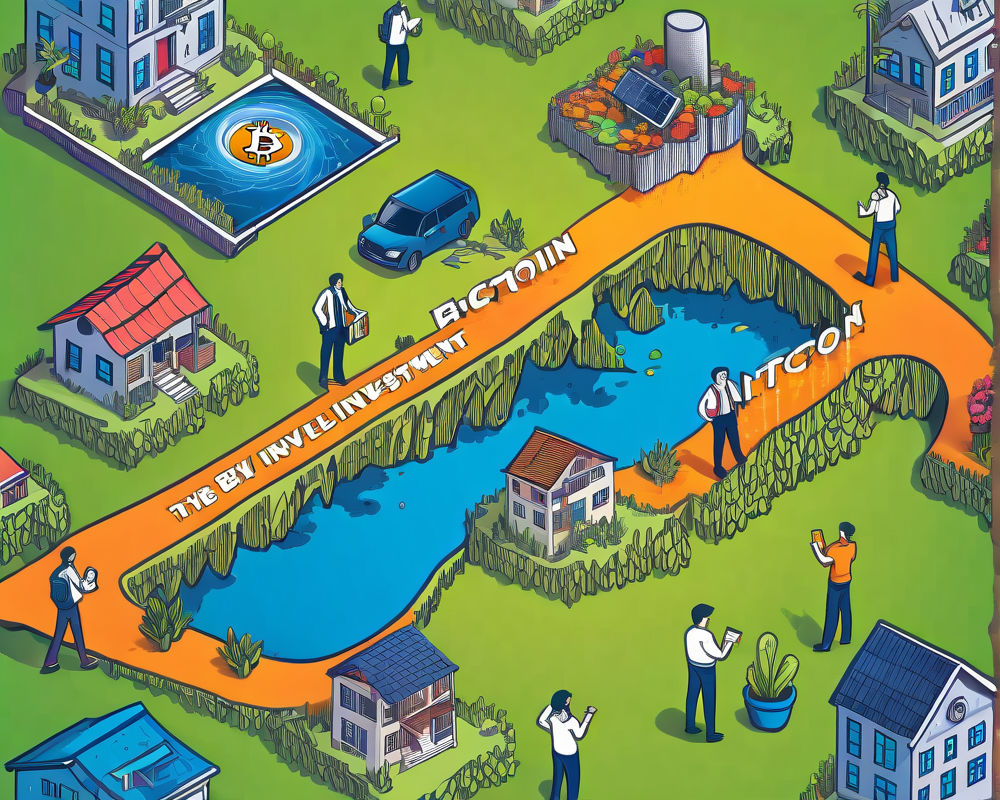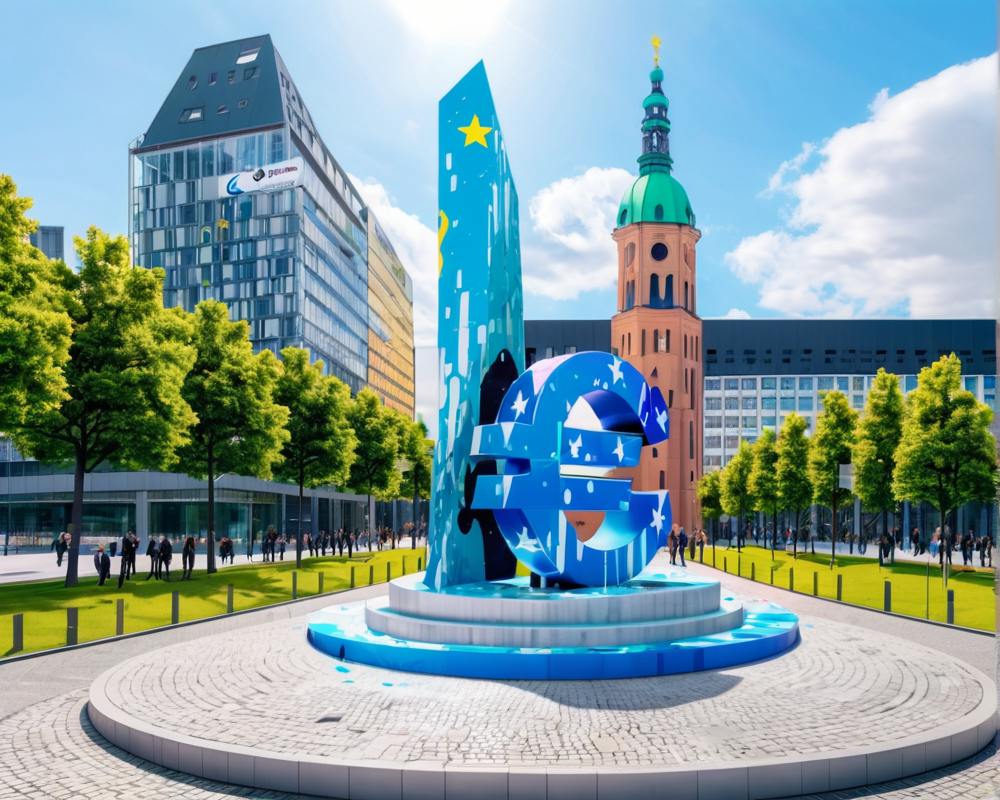An Overview of the Enterprise Ethereum Architecture Stack (EEAS)
On May 2, the Enterprise Ethereum Alliance (EEA) dropped some big news: the launch of their new Enterprise Ethereum Architecture Stack (EEAS). This software stack is poised to become the backbone for Ethereum-based business applications in the highly anticipated Web 3.0 era. Think of it as Ethereum’s Swiss Army knife, designed to address various needs of enterprises that dabble in blockchain technology.
Who’s Behind the EEA?
Founded in February 2017 by big players like Santander and JP Morgan, the EEA has quickly grown to a massive consortium boasting over 500 members by 2018. Diverse companies across various sectors are putting their heads together to enhance Ethereum’s privacy, scalability, and security features, ensuring that when businesses opt for blockchain, they’re not just flipping a coin.
The Vision for Decentralization
Joseph Lubin, an ethereal co-founder, heralded the EEAS as a “framework element of the world’s decentralized operating system.” But what does that mean for your average business? Well, in layman’s terms, it’s all about creating a more structured environment for developers. This stack serves as an architect’s blueprint, detailing the building blocks for an efficient Ethereum ecosystem. Just picture a LEGO set where each compatible piece allows developers to build their unique projects without running into endless configuration issues.
Standardization Leads to Confidence
In a recent chat, EEA head honcho Ron Resnick shed light on the importance of standardization within the architecture. Resnick stated,
“Basically, this conceptual framework characterizes and standardizes all the components from the EEA Ethereum ecosystem.”
This standardization is crucial as it ensures that developers can reliably construct effective solutions without reinventing the wheel every single time. Following the EEAS’s launch, a TestNet and certification program are set to follow, allowing businesses to operate with a higher degree of confidence, rather than flying blind.
Looking to the Future
With Resnick at the steering wheel as the EEA’s first executive director, there’s palpable excitement about the architectural advancements in the Ethereum space. The EEA, which flaunts a mix of founding members from JPMorgan and Santander alongside newer heavy-hitters like Mastercard, Intel, and Microsoft, is on a mission to create a blockchain ecosystem that serves the diverse needs of its members and the broader industry.
Additionally, it appears that the international community is keeping an eye on blockchain too. Recently, China’s IT ministry released documentation suggesting a need for standardized blockchain architectures, including specifications for data formats and smart contracts. Looks like the blockchain party is quickly becoming a global phenomenon!




